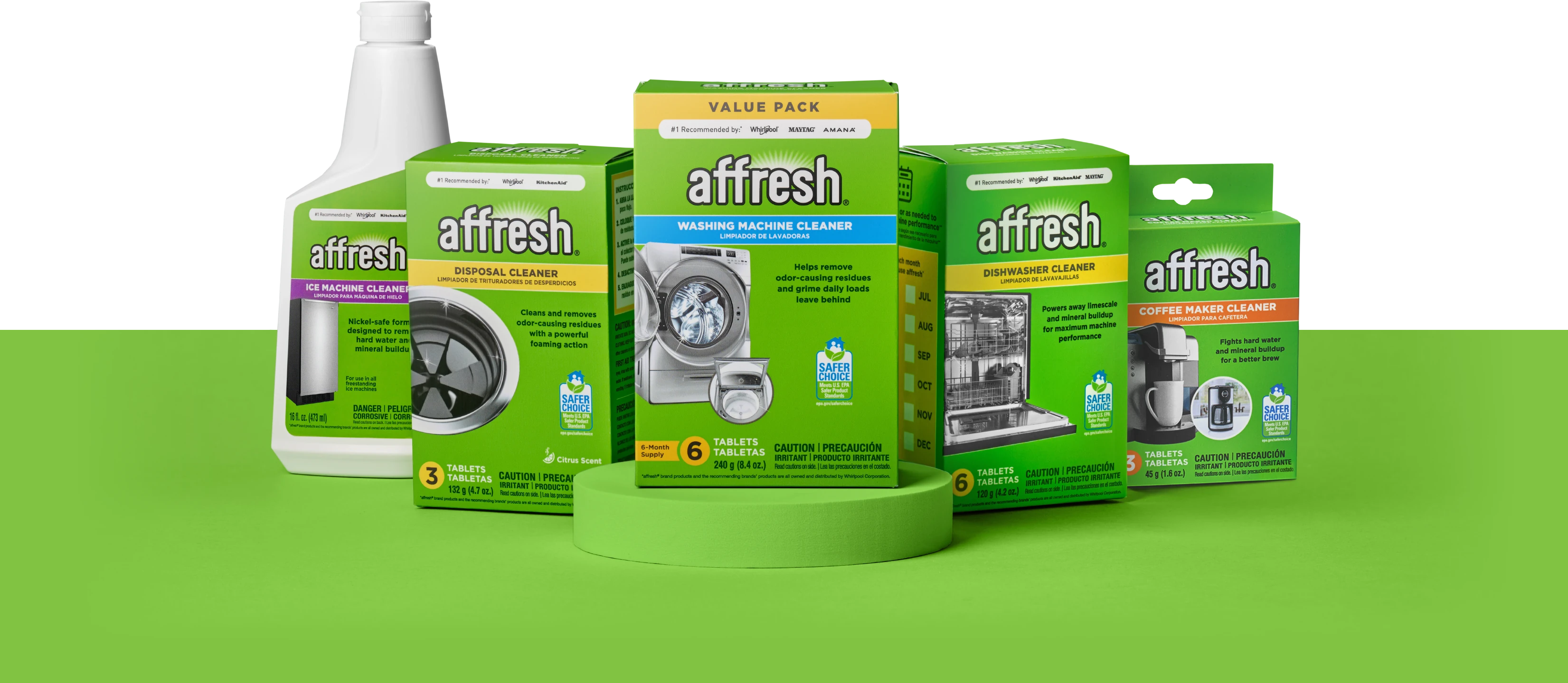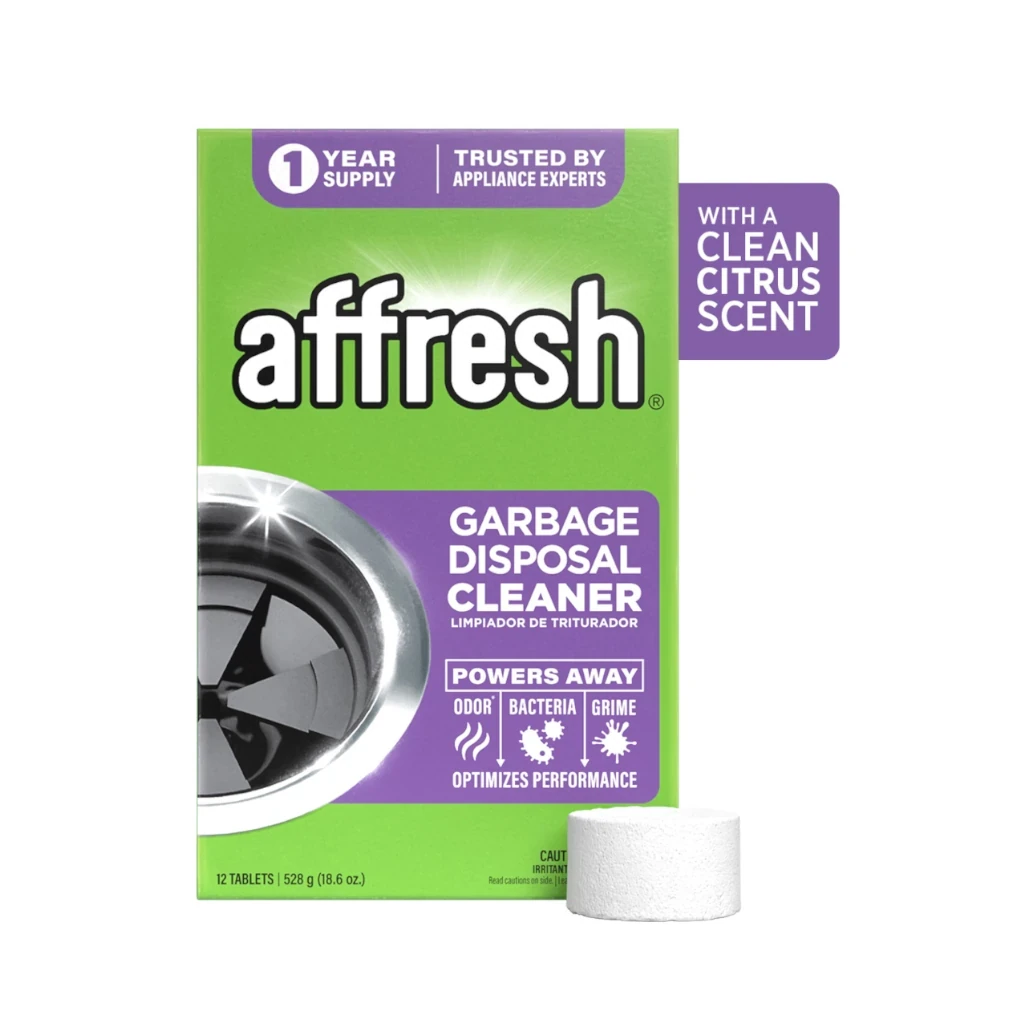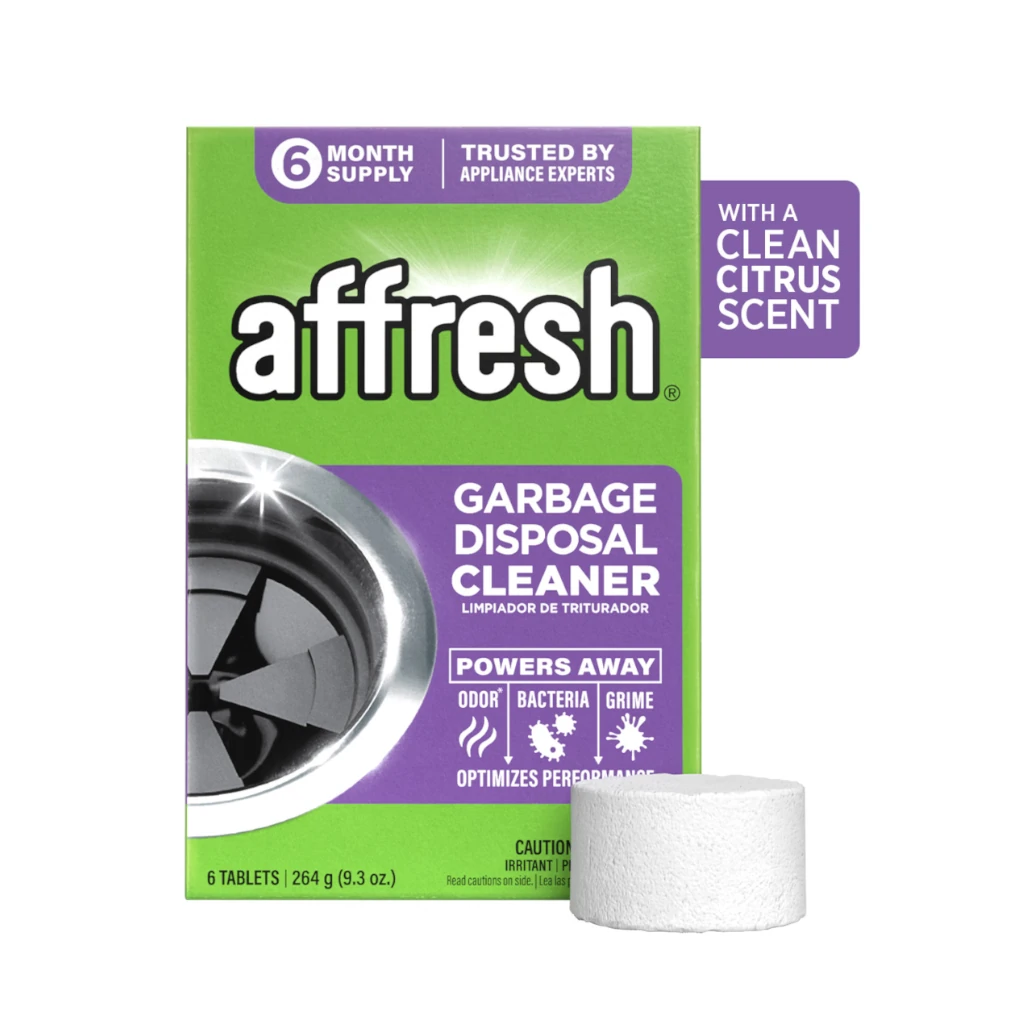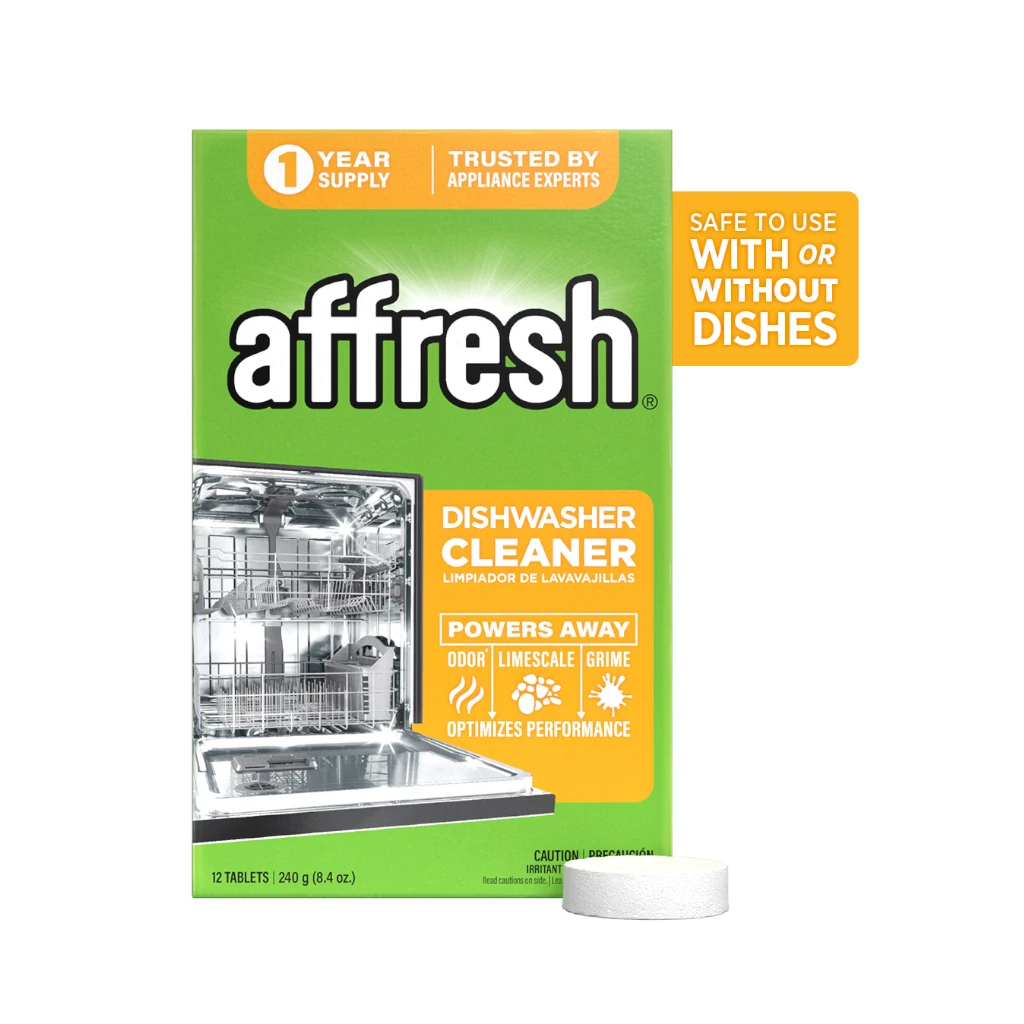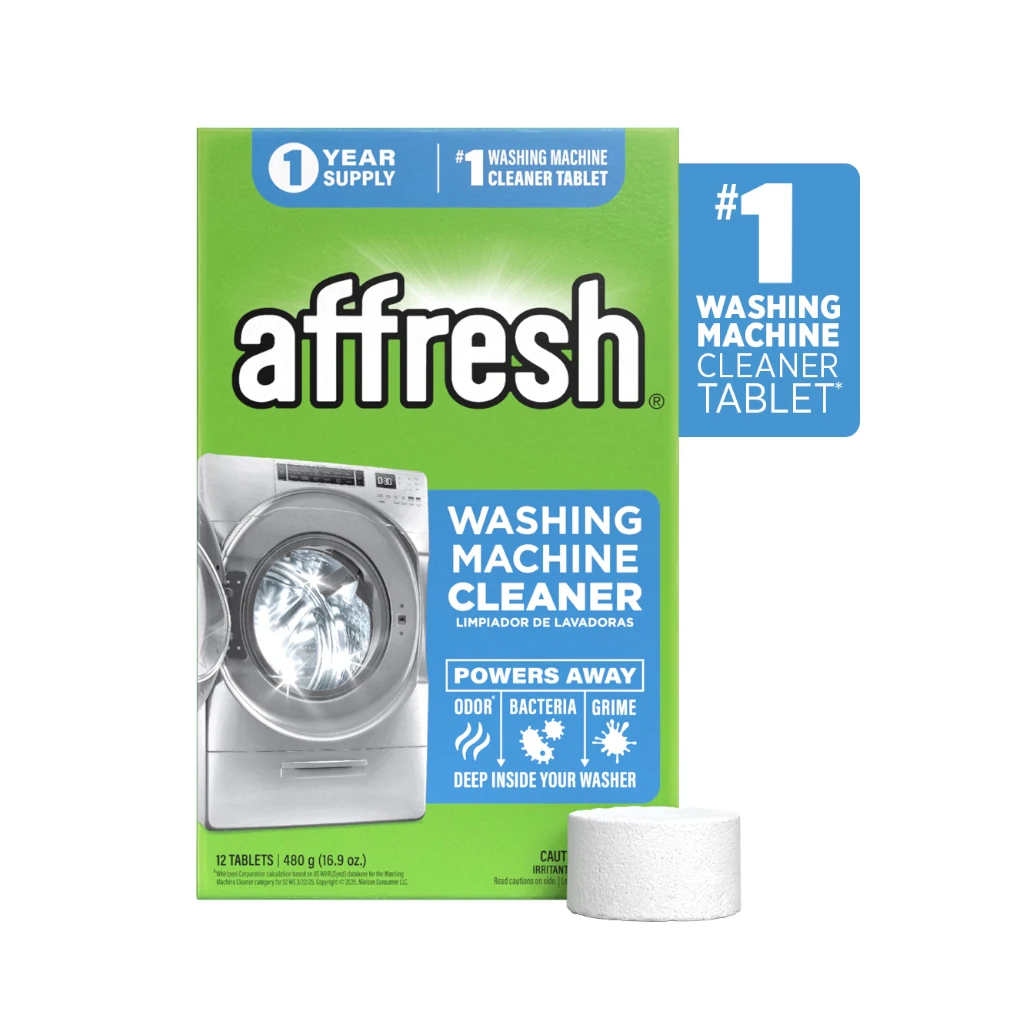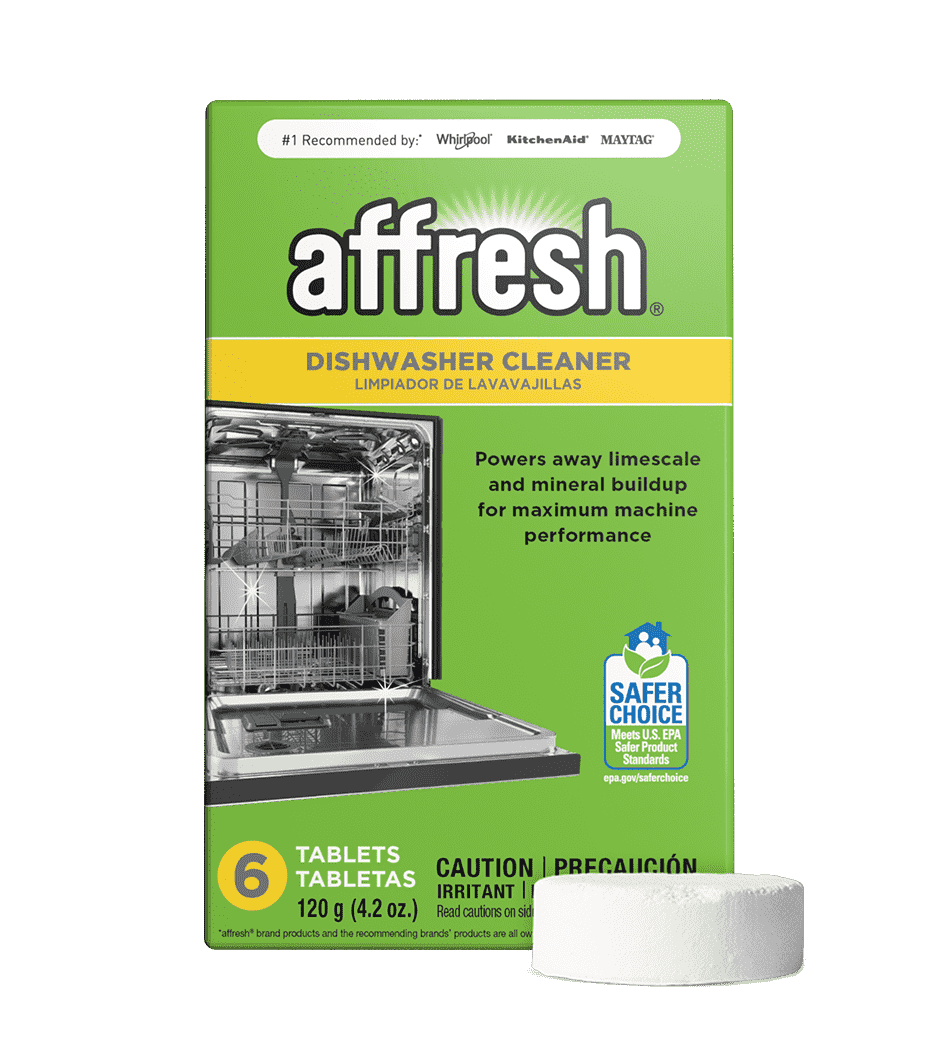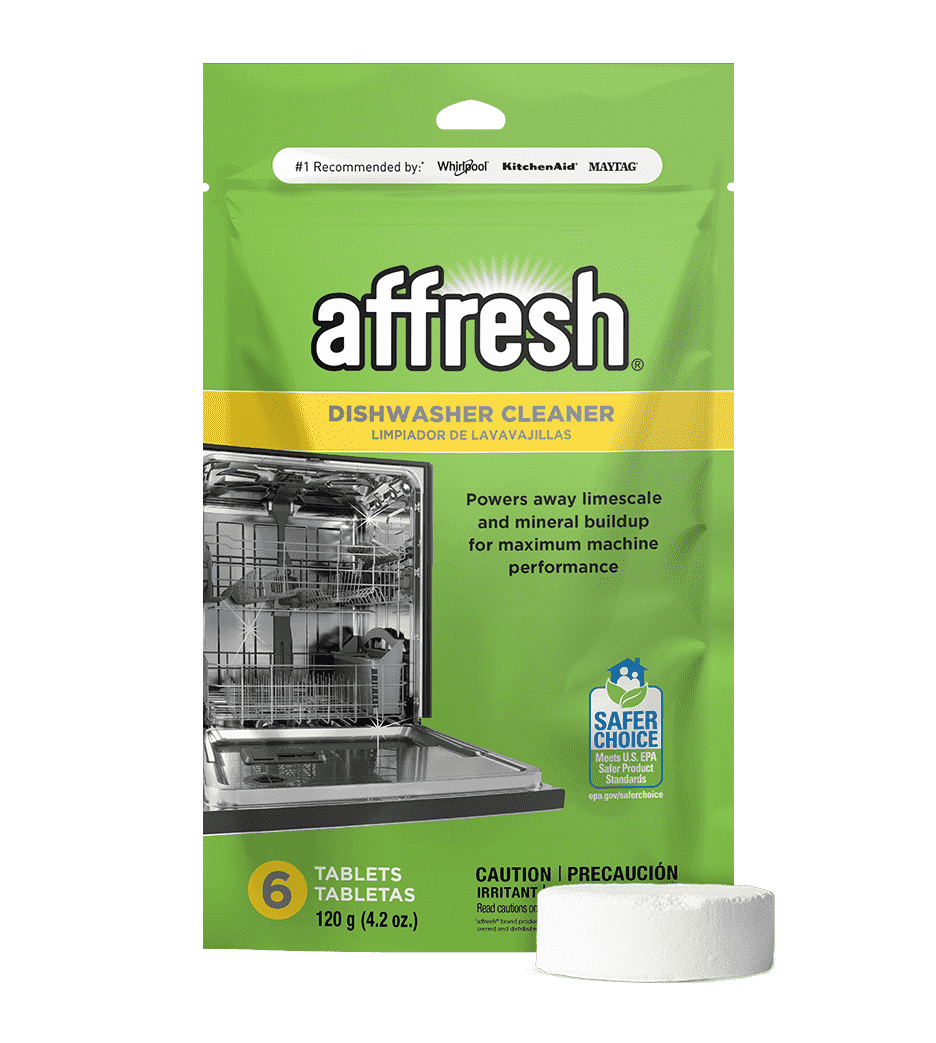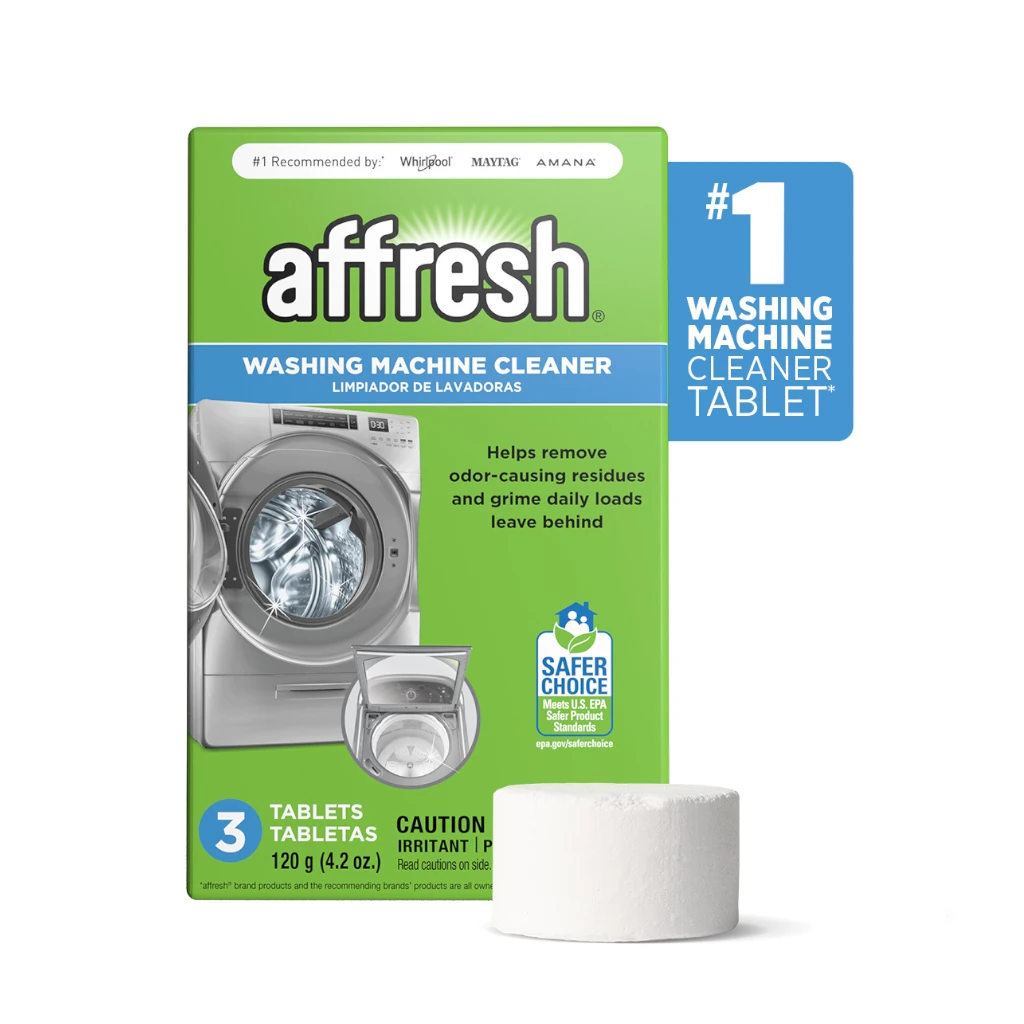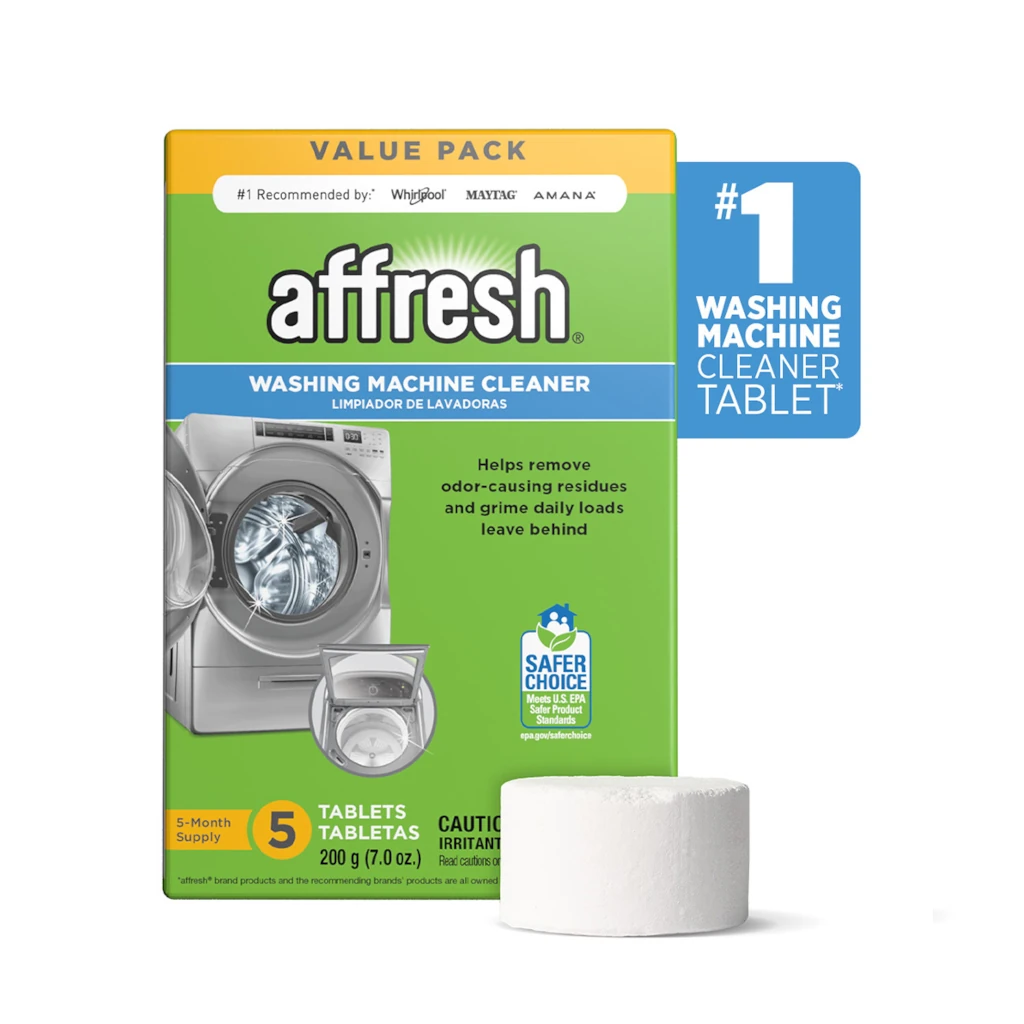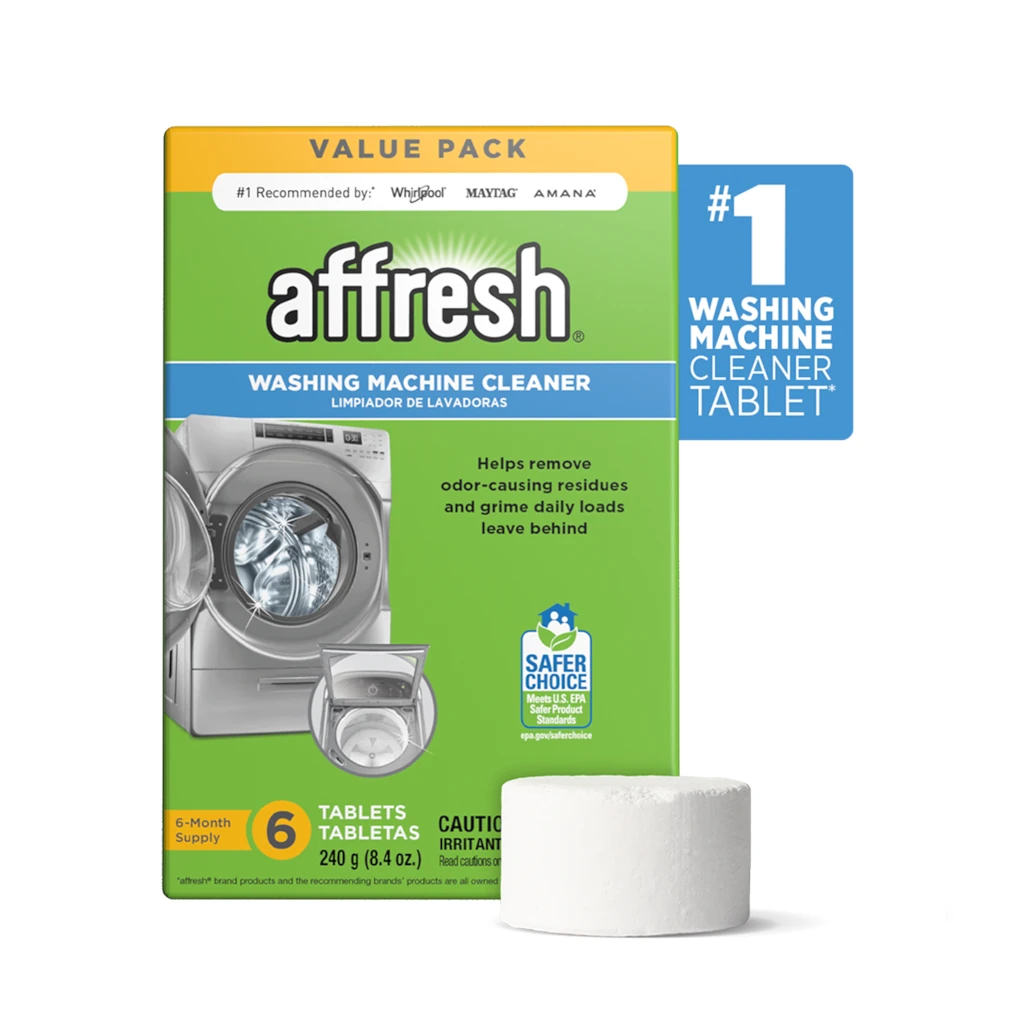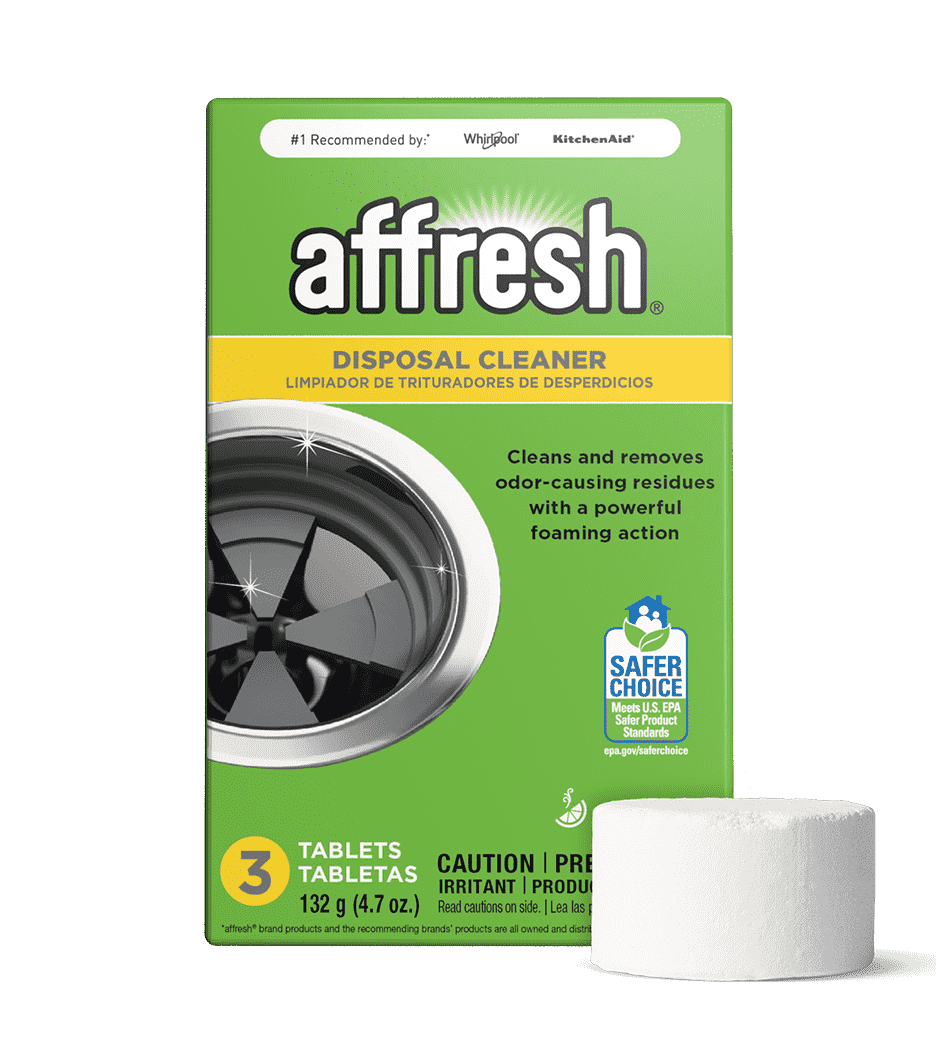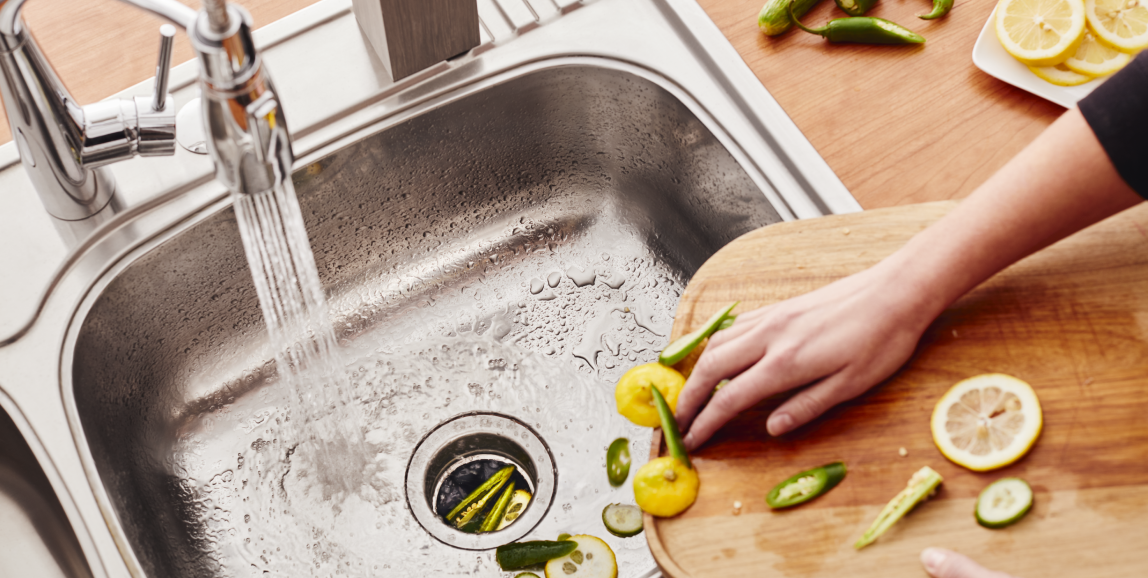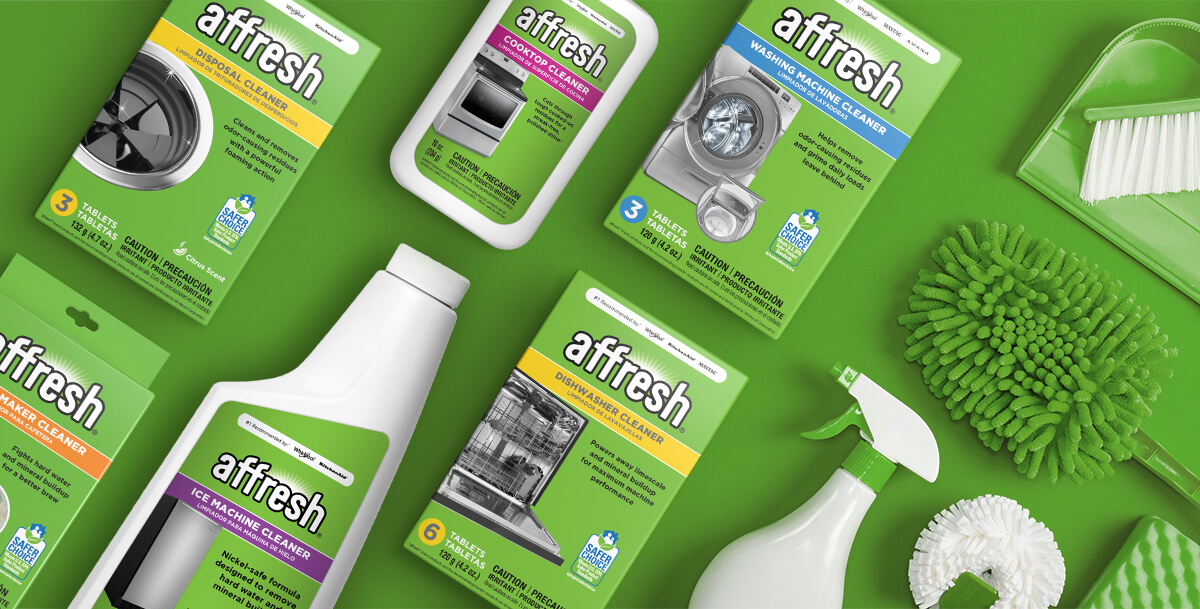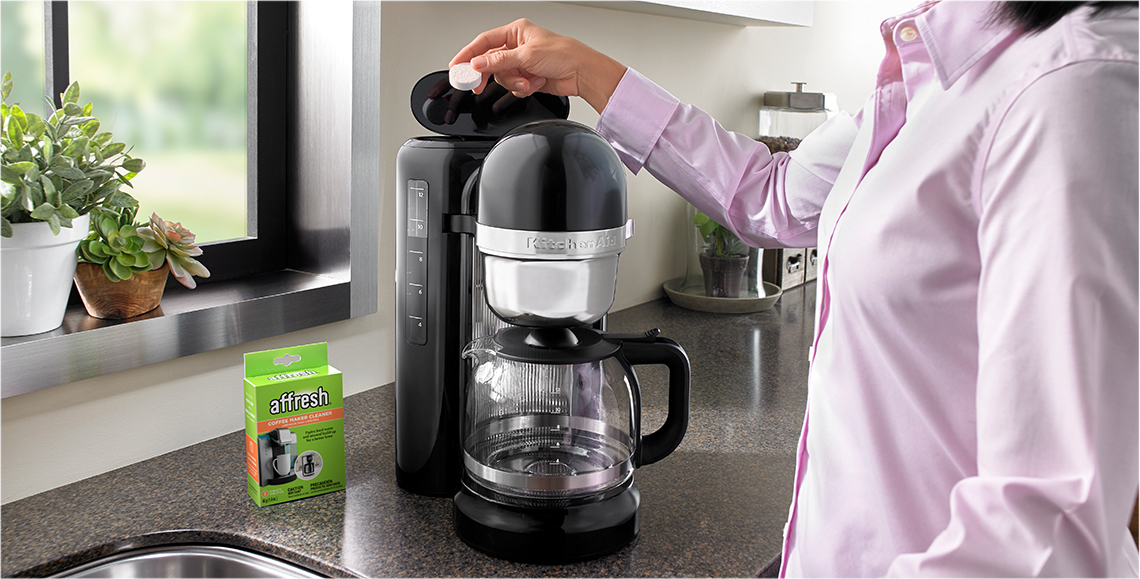
How to Clean a Coffee Maker
If you’re a coffee drinker, then your multi-cup or single-serve coffee maker probably sees daily use. But over time, these machines can get clogged by coffee grounds, oils and hard-water minerals that affect the taste of your daily cup and impact your appliance’s performance.
Even worse, the water reservoirs, tubes and other components can harbor yeast, mold and bacteria if your coffee maker isn’t cleaned regularly. Fortunately, it isn’t difficult to keep this appliance in shape — all it takes is a small amount of time, a few simple tools and affresh® coffee maker cleaner.
How Often Should You Clean a Coffee Maker?
What Can You Use to Clean a Coffee Maker?
How to Clean and Descale a Coffee Machine?
How Often Should You Clean a Coffee Maker?
How often you clean your coffee maker depends on how frequently you use it. If you use it daily, you will want to clean your coffee maker once a month to avoid buildup. However, if you only use your appliance occasionally, you can clean it about every three months, unless you notice visible buildup.
What Can You Use to Clean a Coffee Maker?
Vinegar can be used as an effective natural solution for cleaning your coffee maker. Affresh® coffee maker cleaner is also a great option to use to descale and clean your coffee maker, as it fights hard water deposits and mineral buildup to ensure your coffee tastes great with every brew.
How to Clean and Descale a Coffee Machine
Cleaning and descaling a coffee maker might be easier than you think. To properly clean a coffee machine you simply need to turn off the appliance, remove all parts, add coffee maker cleaner and run a brew or cleaning cycle. Follow these steps to ensure a clean brewing experience every time.
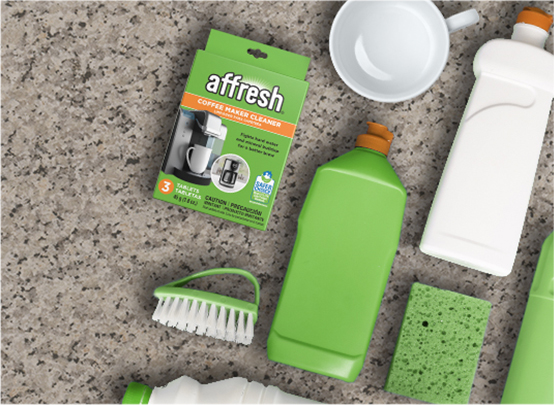
Coffee Machine Cleaning Supplies
- Dish soap
- Coffee filters
- All-purpose cleaner
- Affresh® coffee maker cleaner or distilled white vinegar
Coffee Machine Cleaning Tools
- A dishrag, towel, soft cloth or sponge
- A small, soft brush (such as a toothbrush)
- A coffee mug
Affresh® coffee maker cleaner is formulated to work with most coffee makers, so we recommend it for cleaning the inside parts of your appliance that you can’t reach, such as tubes, pumps and nozzles. Since every appliance is different, we recommend checking your user guide for the best way to clean your coffee maker or espresso machine.
Step 1: Turn off coffee maker and wipe it down
Make sure that your coffee maker is turned off and completely cool, then wipe it down with a soft, damp cloth, paying particular attention to the control panel and warming plate. Perform this step frequently — either once per day or after each use.
If you have a single-serve coffee maker, you should also use this opportunity to clean the area around the water reservoir, as well as the area around the pod receptacle. Use distilled white vinegar and a toothbrush to clean in and around this area so you can remove coffee grounds, stains and buildup.
Step 2: Remove coffee grounds
Before cleaning your coffee maker, be sure to remove coffee grounds and filters from the machine. Coffee grounds can be added to your compost bin or buried in a garden bed, along with paper filters. Single-serve coffee pods cannot be recycled and should be thrown into your regular trash.
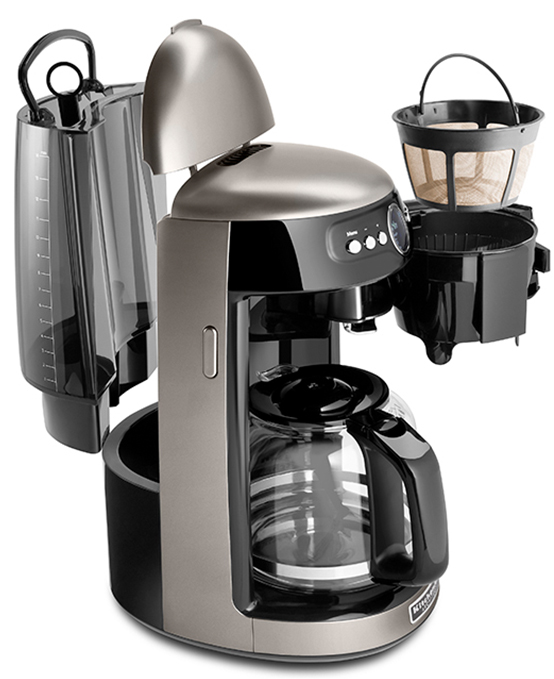
Step 3: Remove all remaining removable parts
As with anything that comes in contact with food or beverages, these items should be cleaned after every use. Each coffee maker is different, but in general, you can remove both the glass coffee carafe and the coffee filter basket from multi-cup coffee makers. Single-serve coffee makers don’t feature a carafe, but you should still remove any baskets or reusable filters from the machine.
Read More: How to Clean a Garbage Disposal
Step 4: Clean reusable parts
Soak the glass carafe, filter basket and other removable items in warm, soapy water, then clean them with a soft cloth or sponge. Reusable filters can be gently cleaned with a soft brush to remove grounds or buildup.
Tip:
Have you ever wondered why your coffee maker’s glass carafe can get dingy over time? It’s often due to tannins, the same compounds in coffee and tea that can stain the inside of your favorite mug. To remove these marks, fill the carafe with warm, soapy water and some plain, dry white rice. Swirling this mixture around in the carafe can help gently loosen stains without using harsh chemicals. Clean lingering stains in the coffee pot with baking soda or a gentle abrasive pad, then rinse and dry.
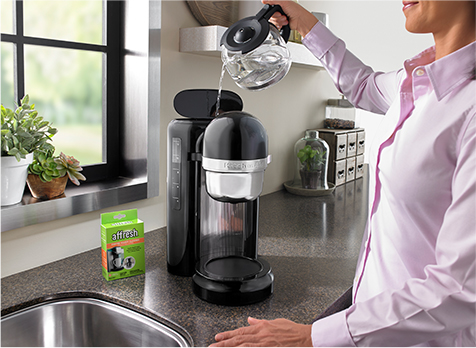 Step 5: Fill your coffee maker’s reservoir
Step 5: Fill your coffee maker’s reservoir
After cleaning the areas of the coffee maker that you can reach, it’s time to clean the internal components that help your coffee maker run. Add enough water to fill your coffee machine’s water reservoir to the maximum fill line. If you’re using affresh® coffee maker cleaner, drop one tablet into the reservoir, then run a brew cycle like you would when making coffee. Some coffee makers have a dedicated cleaning cycle, so be sure to familiarize yourself with your appliance’s settings before cleaning to ensure you use the correct one.
Don’t have coffee maker cleaner on hand? Fill the reservoir with equal parts water and distilled white vinegar, then let it sit for 30 – 60 minutes before running the brew or cleaning cycle.
If your coffee maker has a cleaning cycle, select it and let it run. If not, run a brew cycle. (For single-serve coffee makers, run two brew cycles at the largest cup setting.) Your affresh® coffee maker cleaner tablet will help dissolve build-up as this cycle runs. Place your glass carafe or a large mug under the dispenser to collect the wash water. Discard the wash water once the clean or brew cycle is complete.
Tip:
If you haven’t cleaned your coffee maker in a while and don’t have coffee maker cleaner, you may want to use straight white vinegar rather than a water/vinegar mix. Each coffee maker is different, so be sure to check your user guide to see if white vinegar is recommended for cleaning.
Step 6: Refill the water reservoir
After running your cleaning or brew cycle(s), you’ll need to rinse out the machine to flush away any lingering buildup. Fill the water reservoir to the max level, then place your glass carafe or coffee mug under the dispenser.
Step 7: Run a brew cycle to rinse
Once again, run a brew cycle (or two, for single-serve machines) to rinse out your machine. When the cycle is complete, discard the rinse water and clean out your glass carafe or mug. Conduct this cleaning monthly to keep your coffee maker clean and clear of buildup.
Tip:
Mold and bacteria thrive in warm, dark environments. To keep these elements at bay, allow your coffee maker to air out after brewing is complete.
Keep your hardworking appliances clean with affresh® appliance care.
Whether your to-do list includes washing towels, cleaning dishes or wiping down your refrigerator, affresh® appliance cleaners can help you clean the appliances that work hard for you every day. Our collection of laundry cleaners and kitchen cleaners include solutions like disposal cleaner, dishwasher cleaner, stainless steel brightener, washing machine cleaner and more. All of our cleaning solutions will work with all brands of major appliances. Ready to get started? Explore our kitchen and laundry appliance cleaning options today.
